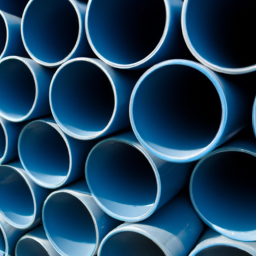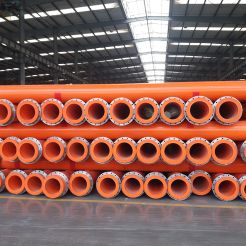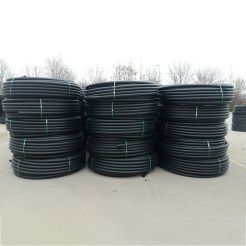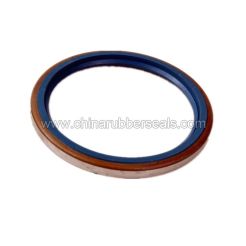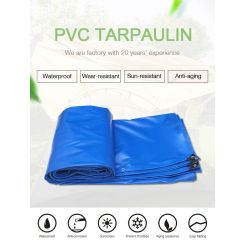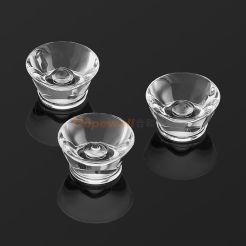Catalyst Resin Macroporous Cation Exchange Resin
HAL LAN ™ D006R is catalyst used in MTBE production is large pore strong acid resin catalyst. Applied in practice, is the domestic earlier used in MTBE production of resin catalyst products.
Product Description
HAL LAN ™ D006R Catalyst Resin Macroporous Cation Exchange Resin is catalyst used in MTBE production is large pore strong acid resin catalyst. Applied in practice, is the domestic earlier used in MTBE production of resin catalyst products.The main technical performance index has reached the international advanced level, and has been applied in dozens of sets of large and medium MTBE devices and light gasoline etheration devices, which has created considerable economic and social benefits for customers.
Product features:
1. High exchange capacity, high conversion rate and service life.
2. Reasonable pore structure, good selectivity and low temperature activity.
3. Excellent temperature resistance and stability
|
Appearance |
Spherical beads |
|
Polymer Structure |
Macroporous polystyrene crosslinked with divinylbenzene |
|
Functional Group |
Sulfonic Acid |
|
Ionic Form as shipped |
H+ |
|
Weight Exchange Capacity |
5.2mmol/g Dry |
|
Specific Gravity |
1.2g/ml |
|
Shipping Weight |
0.77~0.87g/ml |
|
Moisture Retention |
51%~59% |
|
Particle Size Range |
0.425~1.25 mm |
|
Surface Area |
20-40m2/g |
|
Pore Volume |
0.4-0.6ml/g |
Catalyst Resin Macroporous Cation Exchange Resin is a type of inorganic catalyst used in the production of methyl-tert-butyl-ether (MTBE), a common component of many petroleum and alternative fuel blends. The resin acts as a catalyst to speed up the chemical reaction, and allow for greater yields of MTBE with less energy consumption, resulting in an overall lower production cost.
Catalyst Resin Macroporous Cation Exchange Resin is made up of small bead-like particles which have a porous surface. This porous surface is an ideal environment to which various other metals and substances are able to adhere. By adhere to the surface of the resin, it is possible to speed up the reaction rate of the MTBE production process. The resin also serves as a sort of ‘nano-cup’, catching and distributing the products of the reaction, making it easier to collect the final product.
The process of making Catalyst Resin Macroporous Cation Exchange Resin begins by mixing a variety of inorganic compounds including a polyethylene matrix with a catalytic amount of a specific cationic exchange resin powder. Then, the resin is extruded, pelletized and sieved to receive the desired particle size. Finally, the resulting sieved particles are dried before being packaged and stored.
Using the Catalyst Resin Macroporous Cation Exchange Resin to catalyze the reaction in the production of MTBE has a number of benefits, the most obvious of which is cost-efficiency. The use of the catalyst can result in up to 50% higher yields of MTBE per unit of time when compared to non-catalyzed methods, while using significantly less energy. Additionally, the reaction rate can be tailored and controlled through the use of the resin, allowing for greater accuracy in the final product. The decreased energy use and increased yields of MTBE also result in fewer waste products and fewer environmental pollutants, resulting in a better balance between efficiency and environmental protection.
Overall, Catalyst Resin Macroporous Cation Exchange Resin is a reliable and efficient catalyst for the production of MTBE. Not only does it result in higher yields of MTBE with less energy, but it also can be used to create fewer environmental pollutants. To top it all off, the cost savings associated with the use of the resin can result in lower production costs for MTBE, making it a great choice for those looking for an efficient and cost-effective way to produce MTBE.
Polymeric Catalyst Resin Production of MTBE And TAME Precautions:
Resins should be stored in sealed containers or bags where temperature was above 0℃ in dry conditions without exposure to direct sunlight.
Do not mix ion exchange resin with strong oxidizing agents; otherwise it will cause violent reactions.
In case of eyes contact with resins, rinse eyes immediately with plenty of water, and consult a specialist. Material and samples must be disposed according to local regulations.
Packaging Details & Delivery
a. PE bag (25liters) with pallet
b. PE valve bag (25liters) with pallet
c. Super sack / big bag (1200liters ) with pallet
d. Woven bag lined with plastic bag(25/20kgs)
e. According to users' requirements
Delivery time: Within two weeks after we receive the deposit.
Please pay attention to the followings :
1. Generally, 1x20FCLcontainer can hold 24000 liters, with pallet (48bags/pallet total 20pallets)
2. 1x20FCL containercan hold max 25000 liters, with pallet (50bags/pallet total 20pallets)
3. 1x20FCL container can hold max 30000 liters, without pallet.

Email: info@Hailanresin.com
Mob.: +86 166 6392 6123
WeChat: +86 166 6392 6123
Whatsapp: +8616663926123
Add.: Henan Province Hebi City Industrial Park




